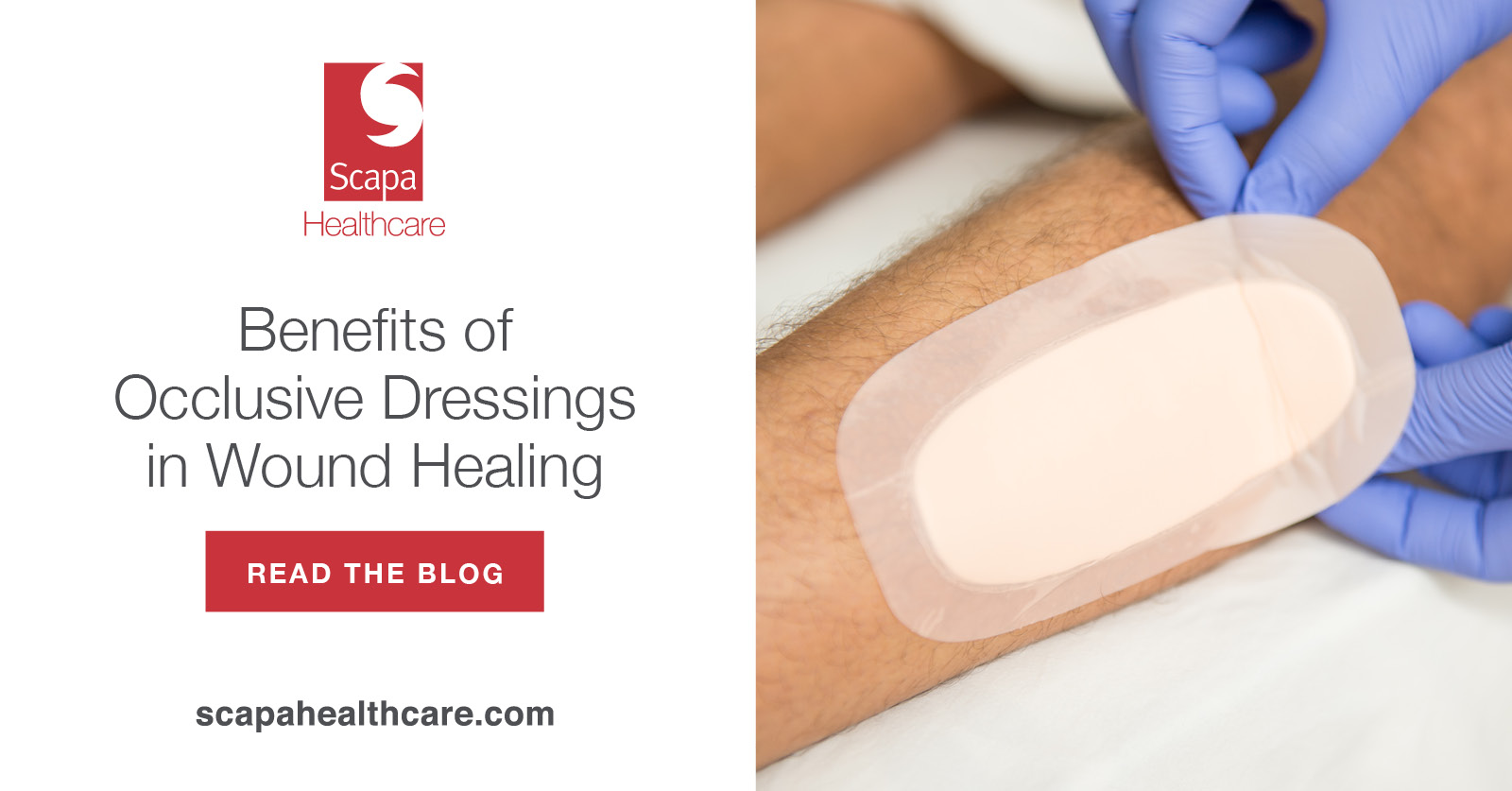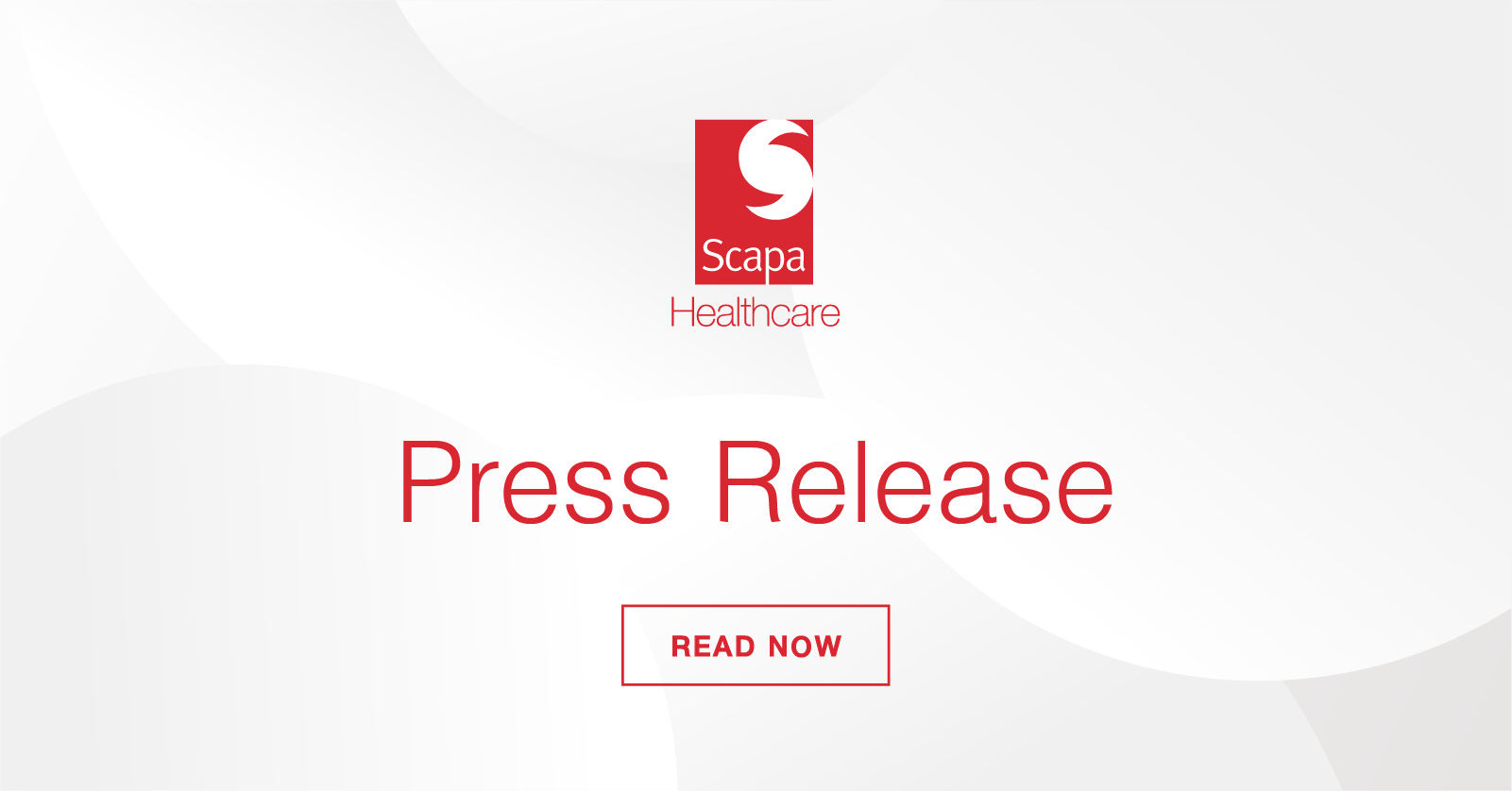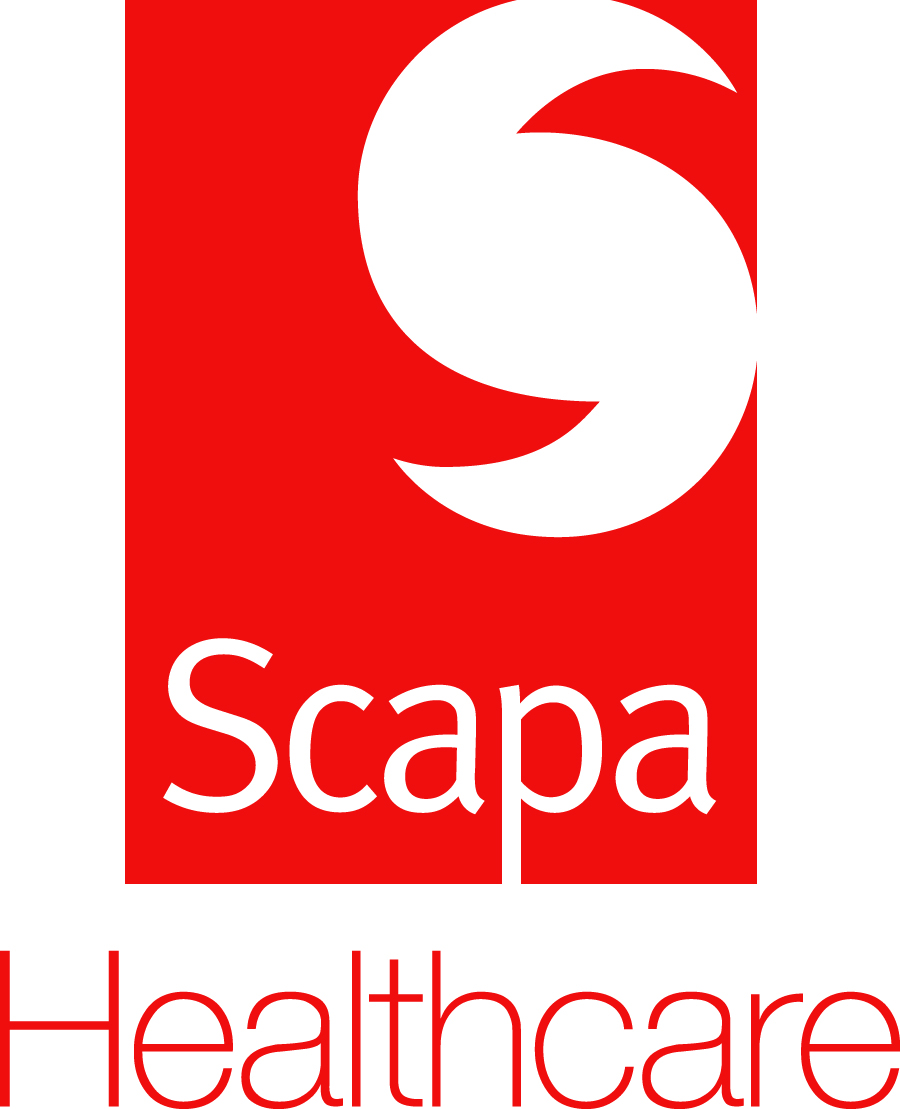Pulse oximetry involves checking how well the heart is pumping oxygen through the body by attaching a painless sensor to rapidly detect changes in how efficiently oxygen is being carried to the extremities furthest from the heart.
Pulse oximetry involves checking how well the heart is pumping oxygen through the body by attaching a painless sensor to rapidly detect changes in how efficiently oxygen is being carried to the extremities furthest from the heart. Pulse oximetry is particularly important for newborns because during the first few minutes of life, SpO2 (saturation by pulse oximetry) should increase from intrapartum levels of 30–40% to in excess of 90%. But one in every 100 babies is born with a congenital heart defect (CHD) and 25% of those babies will have a critical congenital heart defect (CCHD). Early detection of low oxygen levels and, often, surgical intervention, are key to saving babies with CCHD.1 Given its life saving significance, The American Academy of Pediatrics implemented mandatory use of pulse oximetry in screening newborns.
There are many different pulse oximeters available on the market that are easy to use and safe for babies. When conducting pulse oximetry screening on infants in the delivery room, a sensor is affixed around the whole hand or foot given their small size rather than using a clip-like sensor on a finger or toe that is suitable for adults. Hook-and-loop fastener is the primary means to affix a sensor on a baby but thanks to more recent innovations there are now many skin-safe adhesive options. Adhesives allow the sensor to be placed closer to the body, securely, potentially allowing for a more accurate reading.
1 healthychildren.org, Newborn Pulse Oximetry Screening to Detect Critical Congenital Heart Disease https://www.healthychildren.org/English/ages-stages/baby/Pages/Newborn-Pulse-Oximetry-Screening-to-Detect-Critical-Congenital-Heart-Disease.aspx
View website











































